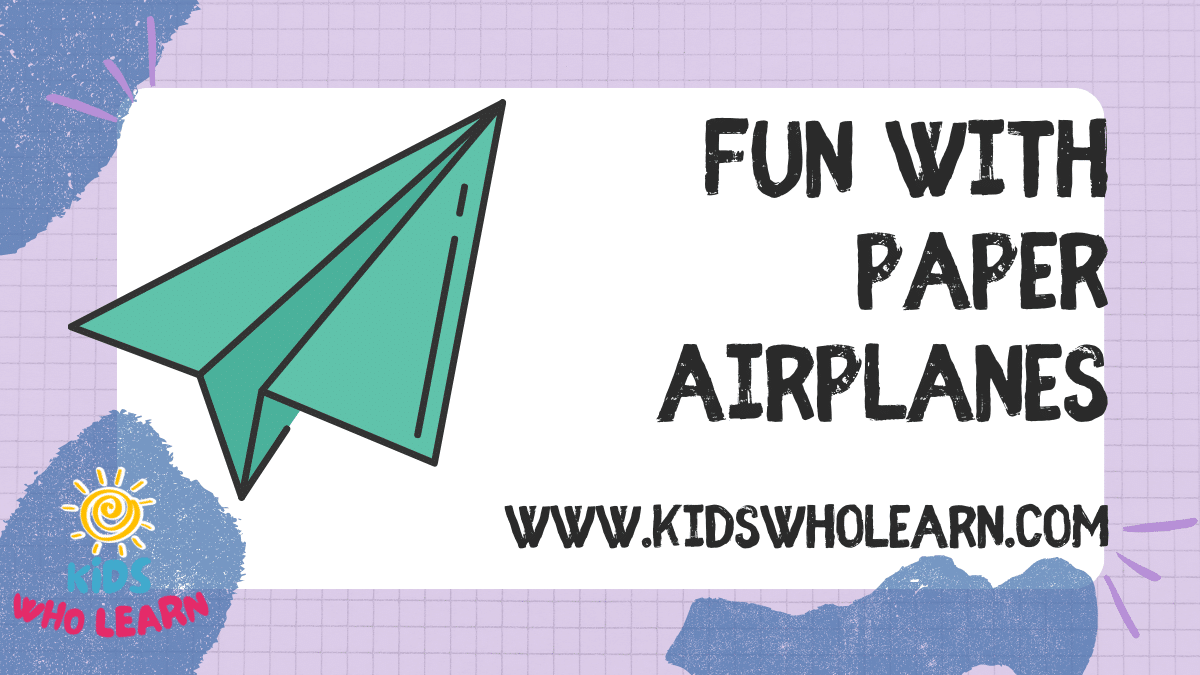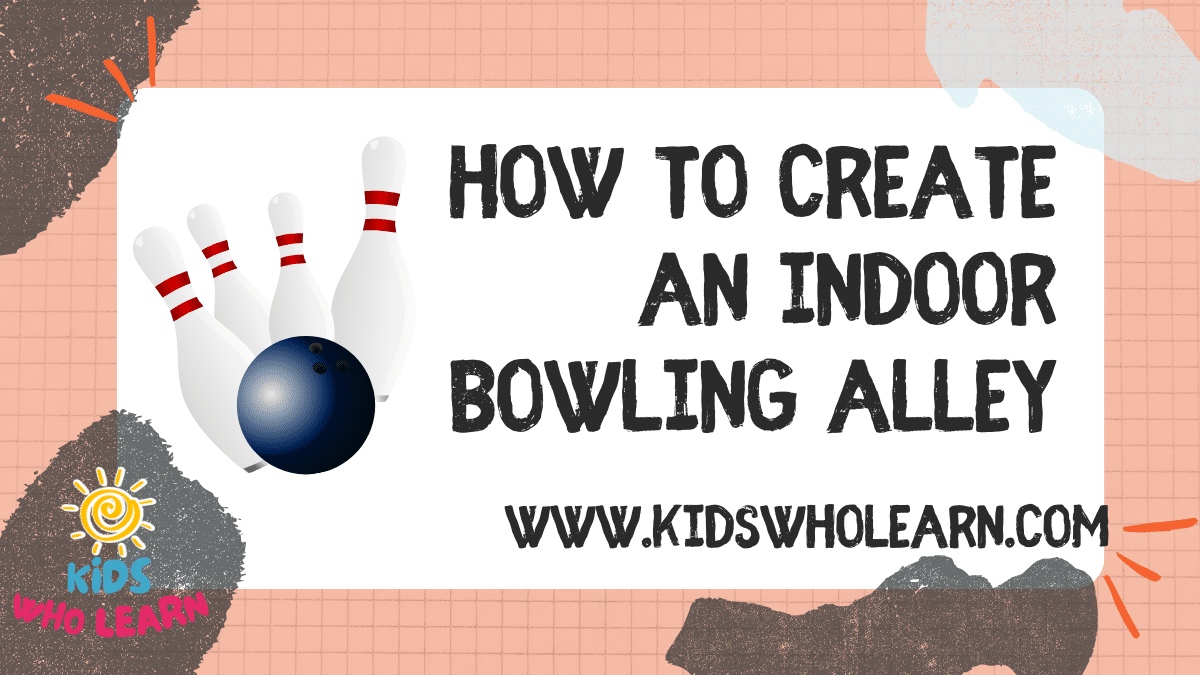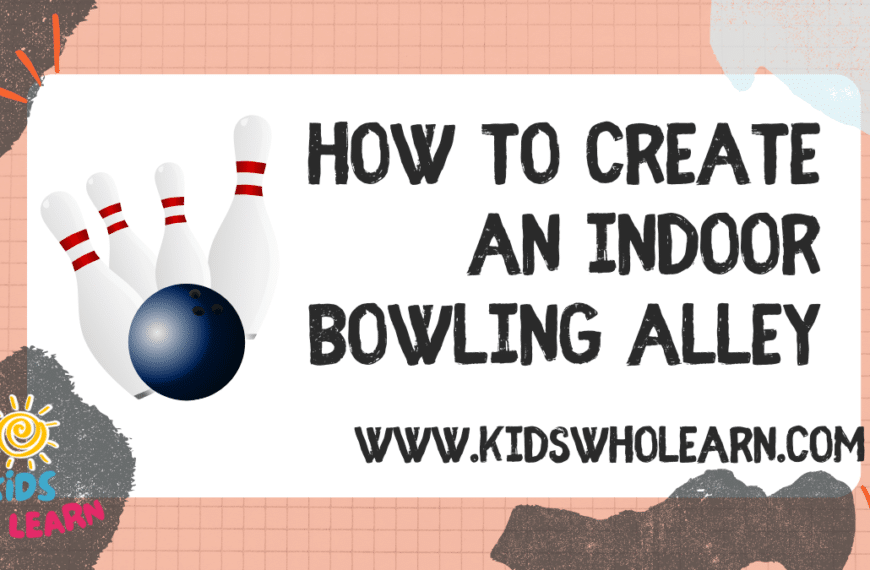Paper airplanes have soared in popularity as both a fun and educational activity. They captivate imaginations and bring to life the principles of aerodynamics through a simple sheet of paper. The beauty of paper airplanes lies in their simplicity and the immediate feedback they provide when they take flight. Whether you’re a beginner looking to fold your first glider or an experienced enthusiast aiming to perfect your designs, there’s always something new to learn and enjoy in the world of paper airplanes.
Engaging in paper airplane construction and competition harks back to childhood for many, but it’s an activity that spans all ages. Beyond the enjoyment, there’s a rich history and science behind these flying marvels. By exploring various designs, from basic to advanced, you can discover how subtle changes in folds and weight distribution can dramatically affect a plane’s flight path. Mastering the proper launching techniques can also enhance performance, ensuring your paper aircraft glides smoothly and steadily through the air.
Key Takeaways
- Paper airplanes offer an accessible and entertaining way to explore aerodynamics and flight.
- Mastering different designs and launching techniques can significantly impact performance.
- Paper airplane activities can be both a fun hobby and an educational experience.
The History of Paper Airplanes
The origins of your modern paper airplane design dates back to ancient China, where paper was first invented. Origami, the traditional Japanese art of paper folding, featured models resembling birds, which could have very well been the inspiration for the first paper airplanes.
In the 19th century, pioneers of aerodynamics experimented with paper models to test theories regarding flight. Well-known figures such as Leonardo da Vinci sketched concepts that mirrored the principles of paper airplane construction, although he used parchment.
During the early 20th century, engineers started to apply their understanding of aerodynamics to paper airplane designs. This was the era when the study of flight was enjoying rapid advancements, thanks to the likes of the Wright brothers.
- 1909: The term “paper aeroplane” was reportedly used.
- 1930s: Jack Northrop (co-founder of Lockheed Corporation) used paper planes to test designs for real aircraft.
Your paper airplane, while simple in form, incorporates fundamental principles of engineering and aerodynamics. The weight distribution, wing shape, and center of gravity play crucial roles in determining how well a paper airplane flies. Experimentation with these factors can lead to various designs, each with unique flight characteristics.
Through the 20th century and into the 21st, paper airplane contests became a way for enthusiasts to share their designs and understandings of the principles of flight. These contests often emphasize distance flown or time aloft, pushing the boundaries of paper airplane engineering even further.
Basic Principles of Aerodynamics
When you craft a paper airplane, understanding the aerodynamics involved can vastly improve your design. Aerodynamics is the study of how air interacts with solid objects, like paper airplanes, and is crucial for achieving sustained flight.
Understanding Airflow and Wings
Airflow over the wings of your paper airplane is what generates lift. Lift occurs because of the differential pressure created by air moving over and under the wing. The wings of your paper airplane need to have a shape that encourages air to move faster over the top surface than the bottom. This shape is known as an airfoil.
To comprehend why airspeed differs, familiarize yourself with Bernoulli’s principle: as the velocity of a fluid (air in this case) increases, its pressure decreases. For your paper airplane to fly, ensure the wings are angled slightly upwards—this angle is called the angle of attack. A higher angle of attack increases the lift up to a point. However, beyond this point, it can cause stalling, where the lift suddenly decreases, and the airplane can start to fall.
Camber refers to the curvature of the wing’s surface. A well-designed paper airplane usually has wings with some camber, which optimizes the pressure difference and thus the lift. But be cautious, too much camber can increase drag and decrease your airplane’s flight efficiency.
To keep your paper airplane in the air, also consider its weight and balance. The center of gravity should be just in front of the center of lift for stable flight. This balance ensures that your airplane does not tip forward or backward, but instead glides smoothly.
Remember to create symmetry in your airplane’s wing design. Asymmetrical wings can lead to an imbalance in lift, causing your airplane to roll to one side or the other.
By applying these fundamental principles of aerodynamics, you can enhance your paper airplane’s design for better performance in any flying contests or just for fun.
Fundamental Paper Airplane Designs
When you begin your journey into the world of paper airplanes, mastering the fundamental designs is crucial. These foundational models, The Dart and The Glider, are the stepping stones to more complex and creative paper airplane crafting.
The Dart
Materials: Standard 8.5″ x 11″ paper
- Place the paper on a flat surface.
- Fold it in half lengthwise, then unfold to create a center crease.
- Fold the top corners to the center crease to form a triangle.
Flight Characteristics: The Dart is known for its pointed nose and tends to fly swiftly and straight.
The Glider
Materials: Standard 8.5″ x 11″ paper
- Begin with the same center crease as The Dart.
- Fold the top corners to the center, leaving about half an inch at the bottom.
- Fold the top down so it lines up with the bottom of the paper.
Flight Characteristics: The Glider has a wider body, which allows it to stay aloft and glide smoothly through the air for longer distances.
Note: For both designs, sharp and precise folds will greatly improve your airplane’s performance. Experiment with slight adjustments to the wings or tail to see how it impacts the flight.
Advanced Paper Airplane Patterns
When exploring advanced paper airplane patterns, focus on intricate fold techniques and the application of creative engineering skills to produce high-performance designs.
Complex Folds
Your journey into advanced paper airplane designs will invariably involve mastering complex folds. Precision and patience are pivotal as you navigate patterns that require more than just the basic folds of your childhood crafts. To begin, select a design that resonates with your aspirations for flight duration or aerobatics. For example, a design like the “Dragon Glider” employs numerous intricate folds that can increase both stability and distance. When approaching these advanced patterns, it’s beneficial to follow a step-by-step guide or video tutorial, ensuring each fold is executed with accuracy.
- Basic Fold: Start with accurate and sharp creases.
- Secondary Folds: Follow the design’s specific sequence of folds, which can include internal pockets or wing adjustments.
Each step, diligently performed, contributes to creating a balanced and aerodynamically sound airplane.
Creative Engineering Skills
Applying your creative engineering skills can transform a sheet of paper into something extraordinary. With each design, you experiment with the principles of flight—lift, drag, thrust, and weight. Your designs can range from the sleek “Concorde” model, inspired by supersonic aircraft, to the record-holding “Suzanne,” known for its long-distance flights.
- Balance: Adjust the center of gravity to ensure smooth flight.
- Aerodynamics: Shape wings and fuselage for optimal airflow and minimal drag.
Consider the weight distribution of your airplane and the type of paper used, as these factors are crucial in crafting a cool, high-performance flyer. Keep experimenting with modifications and adjustments; these are the marks of a true paper airplane engineer.
Step-by-Step Folding Instructions
Mastering paper airplane construction is about precision and technique. Each fold and crease you make brings you closer to creating a paper craft that will soar. Follow these instructions carefully to ensure a well-formed paper airplane.
Basic Techniques
- Select a Sheet: Begin with a standard 8.5″ x 11″ sheet of paper for your airplane base.
- Initial Fold: Fold the paper in half lengthwise, then unfold it to leave a center crease; this is your symmetry guide.
- Corner Folds: Fold the top corners into the center line, aligning them precisely with the crease to form a triangle shape at the top.
- Nose Creation: Fold the peak of the triangle down to create the nose of the airplane, ensuring the point is sharp and the fold is tight.
- Wing Formation: Fold the airplane in half away from you along the center crease you created in Step 2.
- Wing Folds: Make the wings by folding down each side so the edge of the wing lines up with the bottom of the airplane body. Make a firm crease.
Enhancing Performance
- Adjusting Wing Angle: For better lift, slightly tilt the wings upward, known as having a ‘dihedral’ angle.
- Wingtips: Add small folds at the wing ends pointing upwards to act as winglets, which can stabilize flight.
- Balancing the Aircraft: Check the symmetry of your folds to ensure that both wings are even. An unbalanced airplane can spiral or nosedive.
- Testing and Tuning: Gently throw your airplane and observe how it flies. Make minor adjustments to the wings or nose to optimize performance.
Launching Techniques for Optimal Performance
Optimal performance in paper airplane flight is greatly influenced by launch technique. Proper hand launching or the use of a paper airplane launcher can greatly affect how well your paper airplane flies and stays aloft.
Hand Launching
To achieve the best flight with hand launching, grip your paper airplane where the bottom edge meets the vertical crease. Stand in an open area and extend your arm fully at shoulder height. Your throw should be done with a swift and smooth motion, keeping the nose slightly tilted upwards. Aim for stability rather than force; a gentle throw maintains the airplane’s structure and trajectory.
- Keep elbow straight
- Flick wrist upon release
- Release at a 5 to 10-degree angle
Paper Airplane Launcher
Using a paper airplane launcher can greatly enhance your airplane’s potential for sustained flight. You can make a paper airplane launcher with simple materials:
- Elastic bands or rubber tubing
- A base, such as a book or wooden block
- Pencils or sticks for the frame
- Adhesive tape or glue
Attach the elastic bands to the base, creating tension. Slip your paper airplane between the bands, pull back to create potential energy, and release. The launcher provides a consistent force, which can result in optimal performance through:
- Uniform launch power
- Reduced hand turbulence
- Ability to launch with varying forces
Organizing Paper Airplane Contests
Creating a thrilling paper airplane contest requires careful planning and attention to detail. From the moment you decide to host a competition, consider how you will set up the event, establish clear rules for fair scorekeeping, and organize the registration process.
Setting Up the Event
To begin setting up your paper airplane contest, first secure a spacious venue that allows for unobstructed flight paths—a gymnasium, park, or hall can be ideal. Prepare distinct areas for the following activities:
- Launching Zone: Where participants will throw their paper airplanes.
- Flight Lane: A marked pathway to ensure safety and fair measurement.
- Target Zone: An area where accuracy contests can take place, with visible markers for scoring.
Next, gather the necessary materials, such as:
- Measuring Tape: For recording flight distances.
- Cones or Markers: To define the flight and target zones.
- Scorecards: For judges to record the results of each launch.
Rules and Scorekeeping
Your contest rules should be concise and easy to understand. Outline the following:
- Airplane Specifications: Define the acceptable paper size, weight, and fold types.
- Contest Types:
- Distance Contest: Longest flight wins.
- Accuracy Contest: Closest to the target wins.
- Attempt Limit: State how many throws each participant gets.
For scoring, create a scorecard that includes:
| Participant Name | Attempt 1 | Attempt 2 | Attempt 3 | Best Score |
|---|---|---|---|---|
| Example | 14 ft | 12 ft | 17 ft | 17 ft |
Use a similar table for the accuracy contest, marking distance from the target.
Pilot’s License and Registration
To add a unique element to your event, issue a “Pilot’s License” to each participant upon registration. This can be a fun keepsake that includes:
- Participant’s Name
- Contest Number
Ensure there’s a straightforward registration process:
- Sign-Up Table: Where participants receive their license and contest rules.
- Name Tags: Helps in identifying pilots and fostering a community atmosphere.
- Practice Flights: Allow time before the contest for participants to test their designs.
Remember to clearly state the time and place for registering and obtaining the pilot’s license, and keep the process simple to encourage a higher turnout.
Educational Aspects of Paper Airplanes
Creating and flying paper airplanes offer you a hands-on experience to explore basic principles of aerodynamics and engineering. These activities engage kids and adults alike in learning through play.
Teaching Aerodynamics
Paper airplane activities serve as a practical demonstration of aerodynamics. By folding paper into airplanes, you learn about lift, drag, thrust, and gravity. For example:
- Lift: You may notice that adjusting the wings affects the plane’s lift capacity.
- Drag: You feel the resistance when launching your airplane forward.
- Weight: A paper airplane’s weight impacts its ability to glide.
Experimenting with different designs enables you to see these concepts in action and understand how they contribute to flight.
Promoting Problem Solving
The process of designing and tweaking paper airplanes encourages problem-solving skills. Here’s how:
- Trial & Error: You often adjust your plane’s design after each flight to see what works best.
- Observation: You’ll need to closely observe the plane’s performance and identify areas for improvement.
Creating airplanes introduces you to basic engineering principles, as you have to consider the materials (paper type), structure (plane design), and mechanics (throwing technique). Kids and adults can benefit from the cognitive challenge presented by these activities.
Fun Paper Airplane Activities
Paper airplanes offer a blend of creativity and aerodynamics that can be both educational and entertaining. They serve as a perfect pastime that everyone can enjoy, from kids to adults, at parties or in educational settings.
Party Games
Distance Challenge: Set up a marked start line and let each of your guests fold their own paper airplane. Participants take turns throwing their planes, and the person whose plane flies the farthest wins. You can record the distances in a table like this:
| Participant | Distance |
|---|---|
| John | 15 feet |
| Mary | 18 feet |
| Alex | 12 feet |
Accuracy Test: Place a target on the ground or hang a hoop in the air. Guests attempt to fly their paper airplanes through the hoop or land on the target. Offer points for different levels of difficulty, such as 5 points for a target hit and 10 points for a hoop pass-through.
School Competitions
Educational Flight Contest: Teachers can organize a flight contest where students design and tweak paper airplanes to learn about the principles of flight. Points can be awarded for distance, flight time, or precision landing, encouraging a hands-on experience with aerodynamics.
Classroom Tournament: Set up a bracket-style tournament where students compete head-to-head with their paper airplane designs. Start with simple elimination rounds and progress to the finals, fostering a friendly competitive environment. Keep track of winners on a classroom scoreboard:
| Match | Winner |
|---|---|
| 1 | Student A |
| 2 | Student B |
| Final | TBD |
Integrate lessons about physics and design during the activities to enhance the educational aspect. In both settings, paper airplane activities facilitate an engaging and dynamic learning experience.
Frequently Asked Questions
In exploring the realm of paper airplanes, you’ll encompass design strategies, material selection, folding techniques, and contest regulations, all key for excelling at this craft.
What are the key principles in designing a high-performance paper airplane?
To design a high-performance paper airplane, focus on symmetry for balanced flight, sharp folds for aerodynamic efficiency, and weight distribution for stability. Streamlining the shape can also help reduce drag and extend flight duration.
What materials are best suited for constructing competitive paper airplanes?
For competitive paper airplanes, use lightweight yet stiff paper to maintain shape mid-flight. Origami paper and 24- to 28-pound paper stock are popular choices, balancing lightness with enough rigidity to preserve the creases and aerodynamic features.
How do you fold a paper airplane to maximize distance or speed?
To fold a plane for maximum distance, create a design with longer wings for better lift and stability. For speed, fold sharper, shorter wings to reduce drag. Precision in folding is crucial for performance in both distance and speed.
What are the official rules and categories in a professional paper airplane competition?
Professional paper airplane competitions typically include categories like distance, hang time, and aerobatics. Rules often mandate using standard-sized paper, and alterations like tape or paper clips are usually restricted to keep the competition fair.
What techniques can participants use to gain an edge in paper airplane contests?
Participants can gain an edge by mastering precise folding techniques, ensuring symmetrical wings, and experimenting with minor adjustments, such as bending the wings’ tips. Learning to throw with consistent strength and angle also greatly influences contest outcomes.
How can beginners get started with paper airplane making and competition prep?
Beginners should start by practicing basic folds, understanding the principles of flight, and observing others at contests. Gathering insights from tutorials or experienced crafters can provide a solid foundation for competition preparation.













